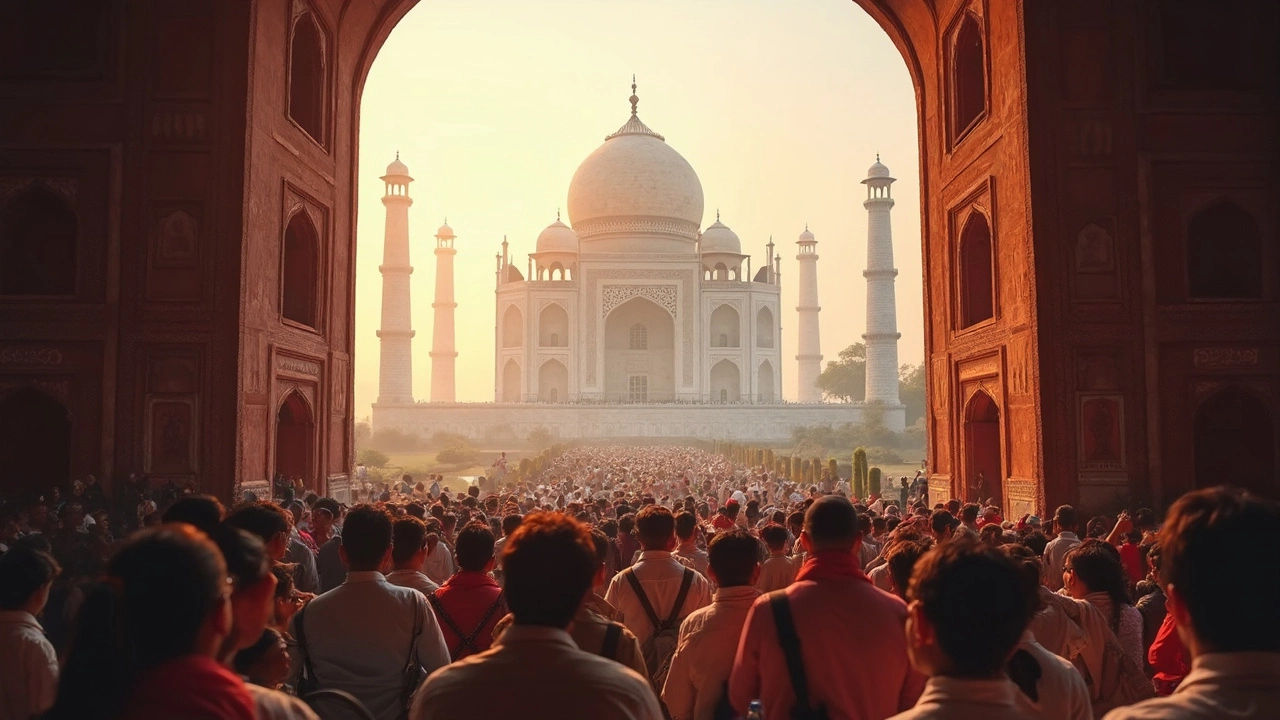Indian Landmarks You Must See
India is a land of endless wonders, and its landmarks tell the story of a civilization that’s thousands of years old. From towering temples to breathtaking natural sites, each place has a story that draws millions of visitors every year. In this guide you’ll find the most iconic spots, practical tips for visiting, and why they matter to India’s culture.
Historical and Architectural Gems
When you think of Indian landmarks, the Taj Mahal is the first name that pops up. Built in the 17th century, this white marble mausoleum is a love story carved in stone. The best time to visit is early morning, when the crowd is thin and the sunrise lights up the dome.
Another must‑see is the ancient city of Varanasi, perched on the banks of the Ganges. It’s not just a city; it’s a living pilgrimage site where you can watch sunrise ceremonies, hear temple bells, and feel the spiritual pulse of India.
Don’t miss the forts of Rajasthan, especially Jaipur’s Amber Fort and Jodhpur’s Mehrangarh. These forts blend Rajput architecture with strategic design – massive walls, intricate carvings, and panoramic views that make you feel like a king for a day.
Natural Heritage and UNESCO Sites
India’s natural landmarks are just as impressive. The Himalayan range offers snow‑capped peaks, trekking trails, and the tranquil lake of Pangong. If you prefer the south, the backwaters of Kerala provide a lush, water‑lined escape that feels like a movie set.
The country also boasts seven UNESCO‑listed natural heritage sites, including the Western Ghats and the Sundarbans mangrove forest. These spots are home to rare wildlife and stunning scenery, perfect for eco‑tourists looking for adventure and conservation.
For a quick nature fix, head to the breathtaking hill station of Darjeeling. The tea gardens stretch across rolling hills, and the famous toy train ride offers a nostalgic view of the landscape.
Each landmark, whether built by hand or shaped by nature, adds a piece to India’s cultural puzzle. The stories behind them are often featured in our posts about cultural tourism, Indian heritage, and the unique festivals you can experience while traveling.
Planning a trip? Pack light, wear comfortable shoes, and respect local customs – a simple “Namaste” goes a long way. Keep a bottle of water handy, especially when exploring hot spots like the deserts of Rajasthan or the coastal heat of Gujarat.
In short, Indian landmarks aren’t just tourist attractions; they’re living lessons in history, culture, and the natural world. So grab your camera, set your itinerary, and let India’s iconic sites wow you."
